“You should read the books I wrote about the Superstitions”, he said.
I appraised this gnarly man with a little interest. I thought to myself, “you are the stableman, what’s with the sudden interest in selling your murder mystery fiction book?”
He had a touristy gnarliness about him. It was a little forced. He didn’t want me riding his horses today because he didn’t like me. Frankly, I thought he was quite an asshole himself. He acted like he was hiding something.
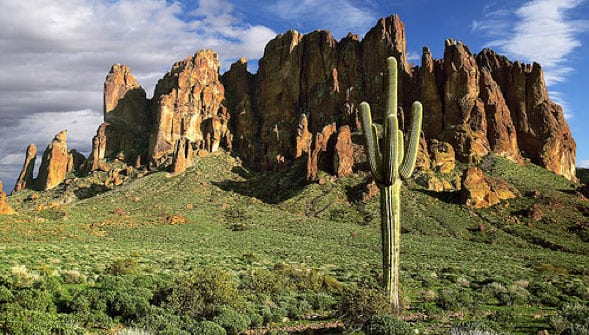
When I inquired about borrowing a horse, he asked how much I weigh. I said, “230 lbs”. He said, “You said that because that is the weight limit”. I said, “No. . . I actually said it because I weigh 230 lbs. And, just so you know. . . your weight limited is 250 lbs.”
“I thought so”, he said forcing the personality of a cowboy and completely avoiding what I said.
“Listen, I said, you can be a jackass if you want, just tell me you don’t like me.”
“Your wife and daughter can go.” He retorted.
My wife is a “looker” for sure and it was starting to make sense now. I rolled my eyes and invited my wife and daughter to take a horse ride in the desert, while I amused myself observing the other actors of this staged town living out their dreams.
That was the last time I was in the southwest. We had visited one of those tourist “ghost” towns that “insists upon itself” and tries really hard to be a sanitized version of an actual ghost town.
One of the interesting things about places like the southwest, is that it is full of transplants. People who lived in a major city on the east coast or midwest. Then, they retired as an accountant or engineer and moved to romantic “Arizona” to live out their dreams of being a “cowboy” or some other childhood fantasy. Within a month, they suddenly become a native Arizonian with a “we don’t like outsiders like yourself” kind of attitude. They are a study in jackassery.
I have been to the southwest a few times. I was always intrigued by the history and former culture. I wanted to know more. I wanted to look behind the curtains. I really didn’t want to visit the tourist traps, but the abandoned places – the real places. So, I am about to do just that.
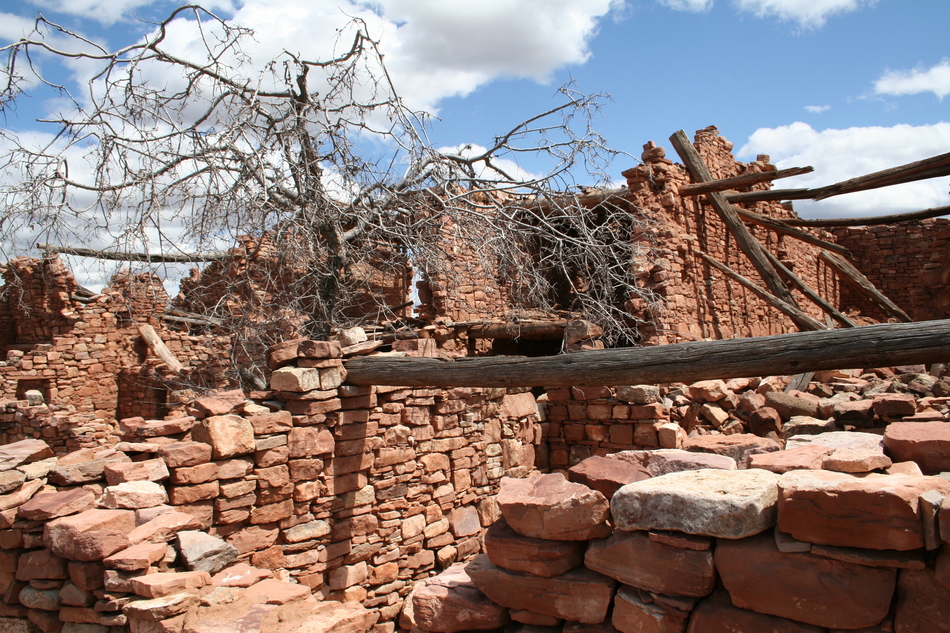
The history of the southwestern United States is interesting for sure. There are a few thoughts on how the first immigrants came to the area. Some professor types claim confidently, that they crossed the Bering land bridge from Siberia to Alaska, approximately 12,000 years ago. Others argue native cultures came to the Americas as early as 25,000 B.C. These immigrants settled in what is present-day southern Utah and Colorado, Arizona, New Mexico and northern Mexico.
The Southwest is hot and arid desert with unique cacti and other water-hording plants. It has plateaus, interesting rocks, licks, mineral flats, gold, silver, salt, mountains and more. The desert landscape quickly changes to more mountainous terrain that has the quintessential coniferous stands, gurgling brooks and snowy passes. There are a few green valleys thanks to a lonely stretch of river. Despite the arid climate, a few small attempts at farming existed.
Around 2,300 years ago, three major farming/hunter/gatherer cultures existed in the southwest. The Anasazi (cliff dwellers), the Hohokam (irrigation creators), and the Mogollon (River Farmers. . . and hunters). Water was a scarce resource and these societies had some pretty strict rules about its use.
These three cultures have been considered the most advanced in North America at the time. For sure, many have studied their ways and in recent years, a great interest has been discussed about their collapse. But, we’ll get to that later.
Around 1600 AD, the Europeans came with their boom sticks and first world problems. The Europeans decimated the Mayan and Aztec cultures of central America, but did not destroy our southwestern friends. In fact, their cultures seemed to thrive for a little while with the influence of tools, botanical sciences, horses and sheep. Ranching does better that cash crops in this region – even today.
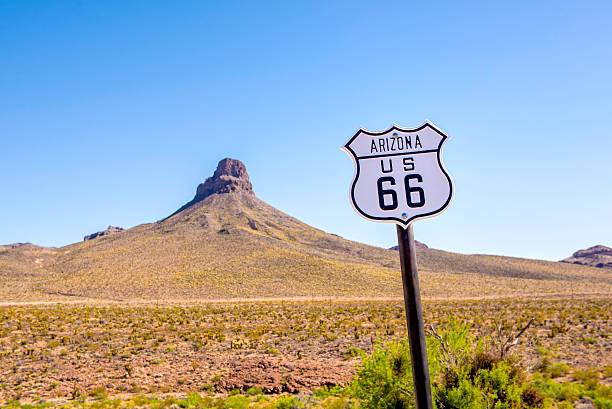
All in all, the remnants of these societies, well preserved because of the hot/dry climates, make for some good exploration.
But wait, there’s more. As this area developed, Gold and Silver was discovered as well as other peculiar resources that attracted more humans. This ushered in a new era for those of us that practice amateur archeology and anthropology. The prospectors, ranchers, entrepreneurs and government left mines, ranches, bridges, ghost towns, science domes and even abandoned launch stations for mightily destructive nuclear missiles. Even the eerie remains of the fleeting “Route 66” offer some interesting, graffiti stained ruins to explore.
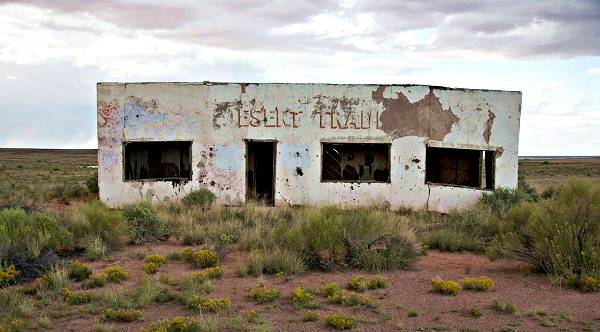
So yeah. . . let’s go explore this area. Let’s go backstage, behind the curtains and see what we find. Of course, on the way – let’s check out those preposterously charming roadside attractions that captivate our silly side, like “Carhenge” or a huge ball of twine. We got a week and a half, some dry food, some maps and a huge list of places to attempt to visit.
We start heading that way today, December 13th, 2018. We plan to be back home for Christmas. We being you, dear reader, and I. I’m looking forward to it. . . you?


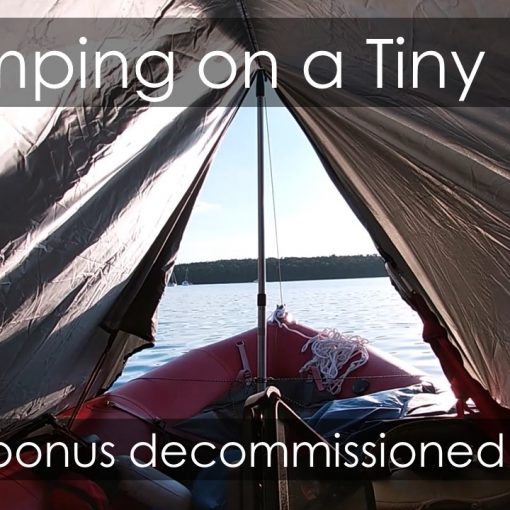
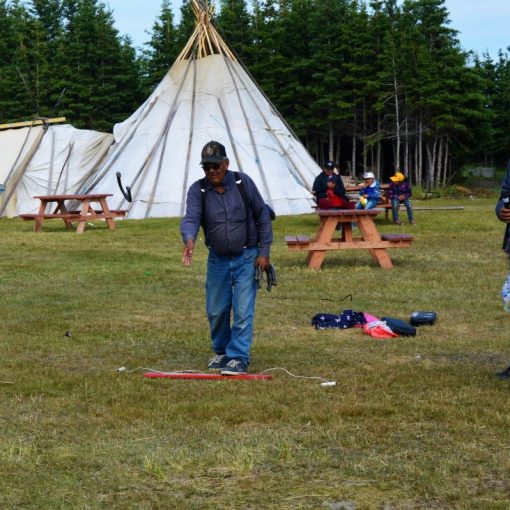
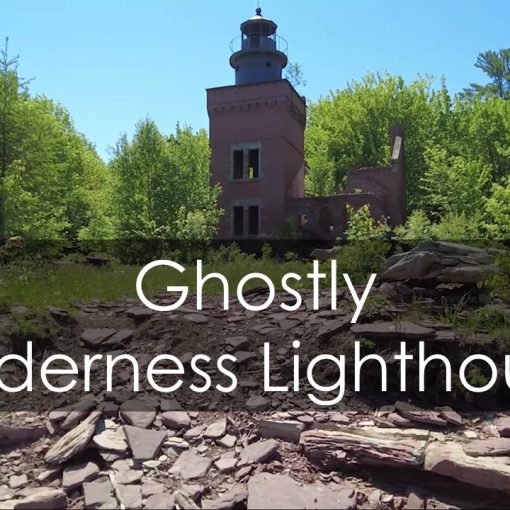
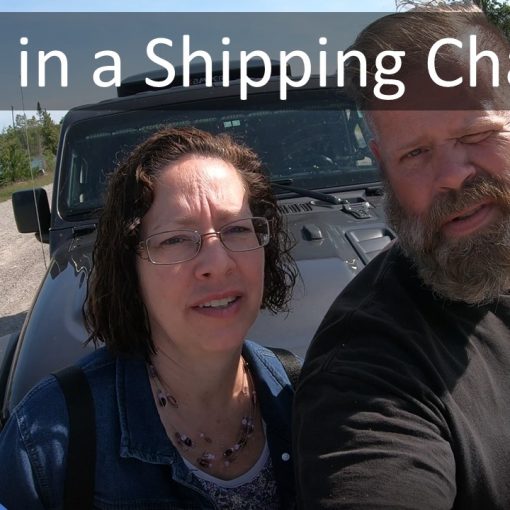
2 thoughts on “Desert Excursion – Prelude”
curious.
Always up for an invitation into a sweat hut. . .